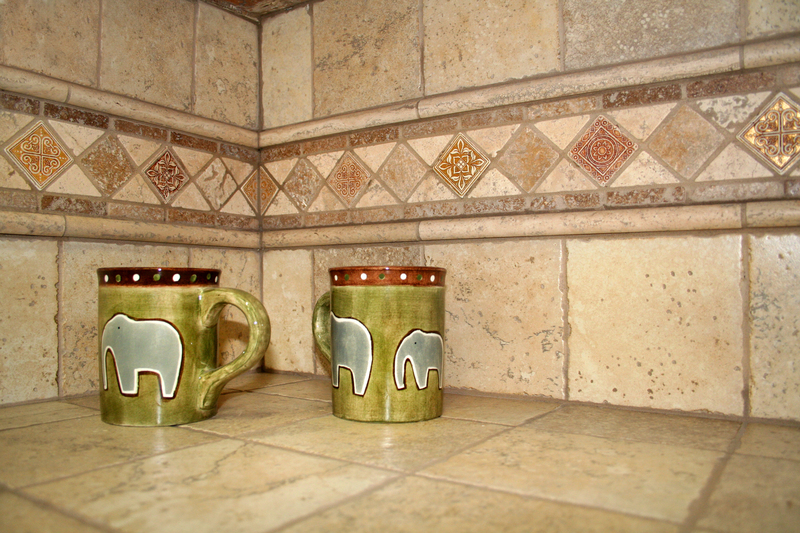In today's world, becoming more environmentally conscious is not merely a trend; it's a necessary lifestyle change. One of the easiest and most impactful ways to start making a difference is by adopting environmentally friendly cleaning habits. This not only reduces your carbon footprint but also promotes a healthier living environment. In this article, we will delve into a range of environmentally friendly cleaning tips that you can implement in your daily life.
Benefits of Environmentally Friendly Cleaning
Before diving into specific tips, it's crucial to understand the multiple benefits of choosing eco-friendly cleaning methods. Traditional cleaning products often contain harmful chemicals that contribute to air and water pollution. Moreover, these chemicals can cause health problems ranging from skin irritations to respiratory issues.
Environmentally friendly cleaning solutions, on the other hand, are typically made from natural ingredients that are biodegradable and non-toxic. This results in reduced environmental impact and promotes a safer living space for you and your family. Additionally, many eco-friendly cleaning methods are cost-effective, making them an attractive option for budget-conscious households.

Choosing the Right Cleaning Products
One of the simplest ways to make your cleaning routine more sustainable is by carefully selecting the cleaning products you use. Here are some guidelines to help you make informed choices:
- Read Labels: Look for products that are labeled as "biodegradable," "non-toxic," or "eco-friendly." These labels often indicate that the product is safe for the environment.
- Check Ingredients: Avoid products with harsh chemicals like chlorine, ammonia, and phthalates. Instead, opt for products made with natural ingredients such as vinegar, baking soda, and citric acid.
- Opt for Concentrates: Concentrated cleaning products not only reduce packaging waste but also require less energy for transportation.
- Reusable Containers: Whenever possible, buy cleaning products that come in reusable containers or packaging made from recycled materials.
Homemade Cleaning Solutions
Creating your own cleaning solutions is an excellent way to control what goes into your cleaning products. Here are some easy-to-make recipes for common household cleaning needs:
All-Purpose Cleaner
- 1 cup of white vinegar
- 1 cup of water
- 10-20 drops of essential oil (like lavender or tea tree)
Mix these ingredients in a spray bottle. This solution can be used on most surfaces, including countertops, sinks, and bathroom tiles.
Glass Cleaner
- 1 cup of distilled water
- 1 cup of rubbing alcohol
- 1 tablespoon of white vinegar
Combine the ingredients in a spray bottle. Spray on glass surfaces and wipe clean with a microfiber cloth for a streak-free shine.
Bathroom Scrub
- 1/2 cup of baking soda
- 1/4 cup of liquid castile soap
- 1 tablespoon of hydrogen peroxide
- 10 drops of tea tree essential oil
Mix the ingredients to form a paste. Apply to bathroom surfaces and scrub with a brush before rinsing off.
Adopting Sustainable Cleaning Practices
Switching to environmentally friendly products is just one part of the equation. Your cleaning practices can also have a significant impact on the environment. Here are some tips to help you adopt more sustainable cleaning habits:
- Use Cold Water: Whenever possible, use cold water for cleaning. This not only saves energy but also helps to prolong the lifespan of your fabrics.
- Select Reusable Cleaning Tools: Opt for reusable cleaning supplies like microfiber cloths, sponges, and mop heads. These can be washed and reused multiple times, reducing waste.
- Minimize Product Use: Use only the amount of cleaning product necessary for the task at hand. This reduces the frequency of repurchasing and minimizes the environmental impact.
- Go Paperless: Avoid using paper towels when cleaning. Instead, use reusable cloths that can be laundered and reused.

Green Cleaning for Specific Areas
Different areas of your home have unique cleaning needs. Here are some tips to help you tackle them in an environmentally friendly manner:
Kitchen
The kitchen is one of the most frequently used areas in any home. Keeping it clean can be challenging, but it's crucial for maintaining a healthy environment. Here are some tips:
- Unplug Appliances: Unplug appliances when they are not in use. This not only helps save energy but also makes it easier to clean around them.
- Clean as You Go: Wipe down surfaces immediately after use to prevent the buildup of grime and bacteria.
- Biodegradable Dish Soap: Use biodegradable dish soap to reduce the impact on aquatic life. Additionally, consider using a dish brush made from sustainable materials like bamboo.
- Compost Food Waste: Instead of sending food scraps to the landfill, compost them to reduce waste and enrich your garden soil.
Bathroom
The bathroom is another area that requires regular cleaning. Here's how to do it sustainably:
- Ventilation: Ensure good ventilation by using exhaust fans or opening windows. This helps reduce moisture and the growth of mold and mildew.
- Eco-Friendly Toilet Cleaners: Use eco-friendly toilet cleaners that are free from harsh chemicals. You can also make your own by combining vinegar and baking soda.
- Choose Natural Air Fresheners: Instead of using synthetic air fresheners, opt for natural alternatives like essential oils or houseplants that improve air quality.
Living Areas and Bedrooms
These spaces are where you spend most of your time, so keeping them clean and toxin-free is essential.
- Dust Regularly: Use a microfiber cloth to dust surfaces. Microfiber traps dust without the need for additional cleaning products.
- Wash Fabrics Regularly: Wash linens, curtains, and upholstery fabric regularly using eco-friendly laundry detergents. Opt for air-drying when possible to save energy.
- Vacuum with HEPA Filters: Use a vacuum cleaner with a HEPA filter to capture allergens and improve indoor air quality.
- Houseplants: Introduce houseplants that act as natural air purifiers. Plants such as spider plants, peace lilies, and snake plants can enhance indoor air quality.
Conclusion
Adopting environmentally friendly cleaning practices is more important now than ever before. Whether you're choosing eco-friendly products, making your own cleaning solutions, or adopting sustainable habits, every small change makes a meaningful impact. These tips not only help protect the environment but also promote a healthier, toxin-free living space.
It's worth mentioning that embracing an eco-friendly lifestyle goes beyond cleaning. Consider other aspects of your daily routine and look for sustainable alternatives. The cumulative effect of these efforts can contribute significantly to the well-being of our planet.
By incorporating these environmentally friendly cleaning tips, you'll not only do your part in safeguarding the environment but also enjoy a cleaner, healthier home. Start making these changes today and inspire others around you to do the same. Together, we can work towards a more sustainable future.


